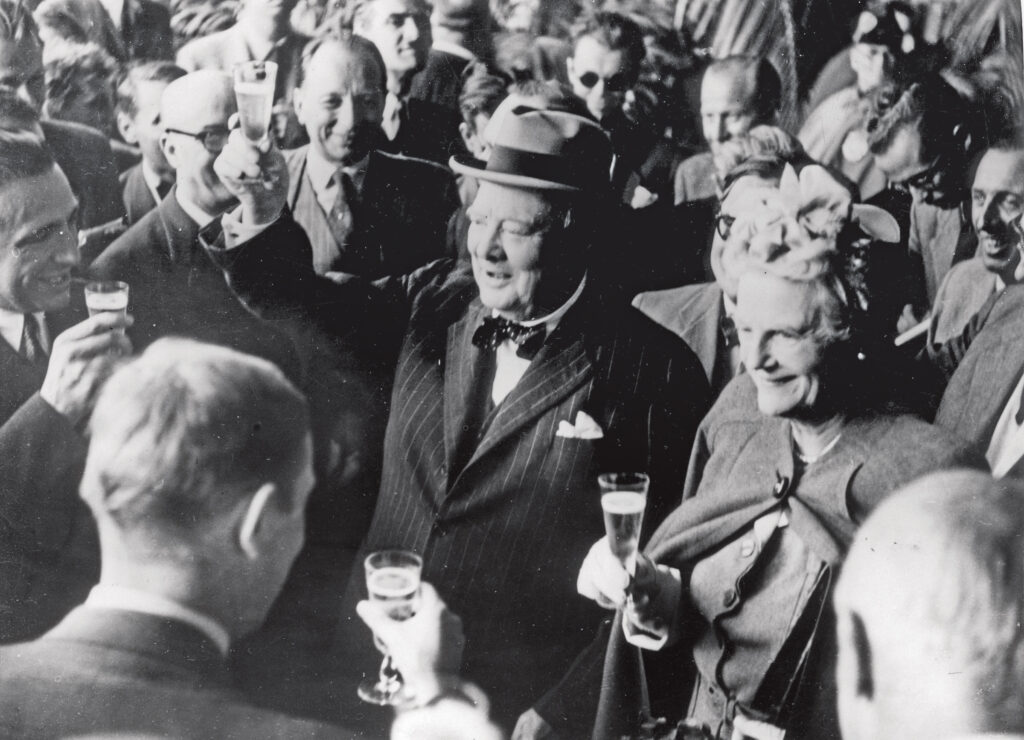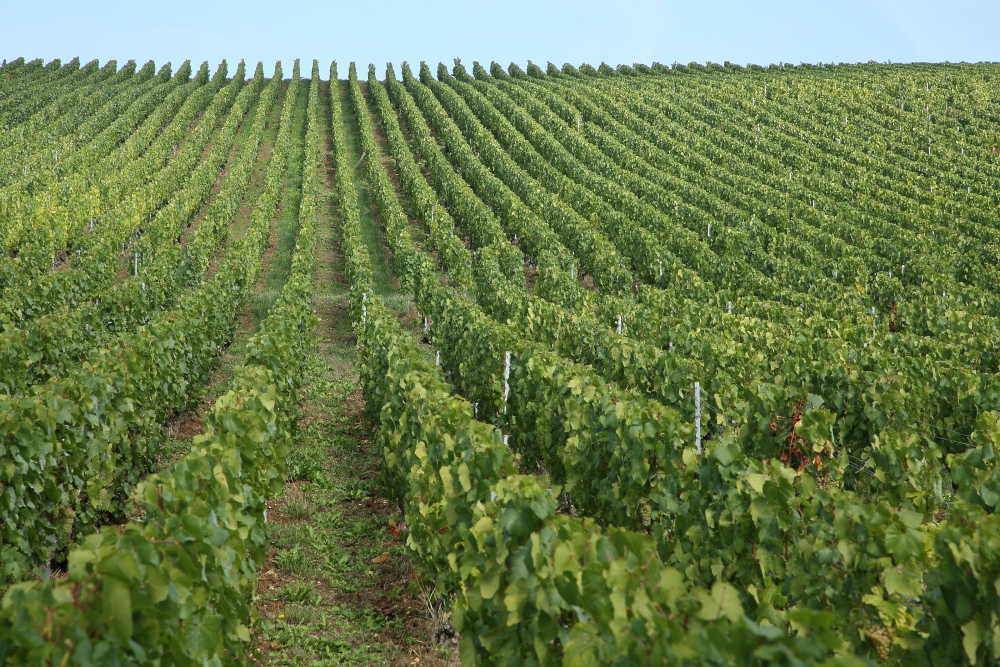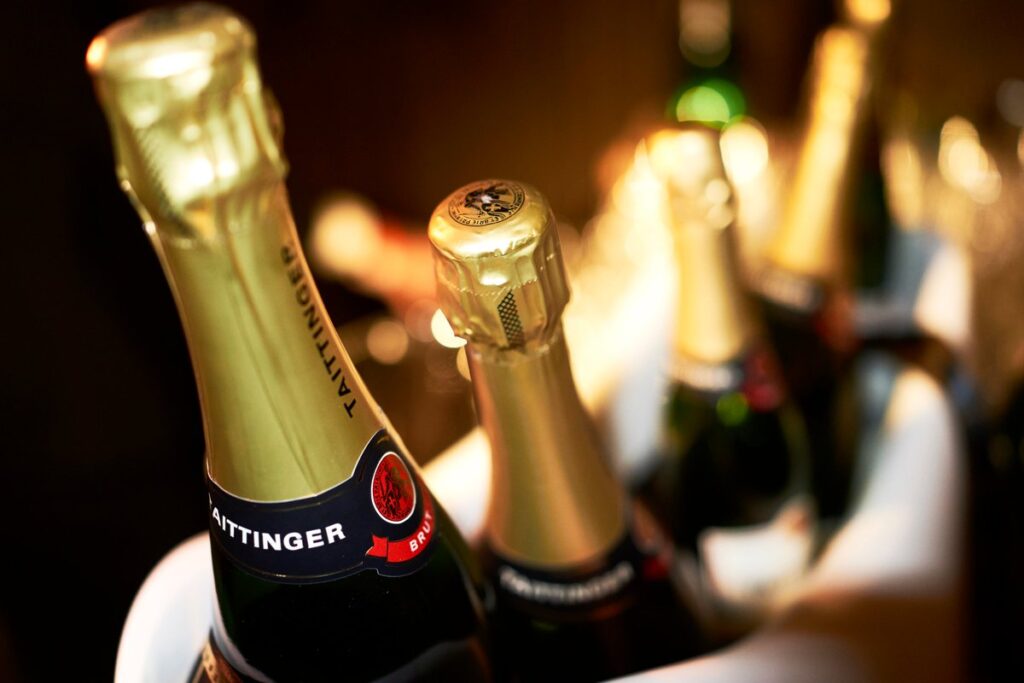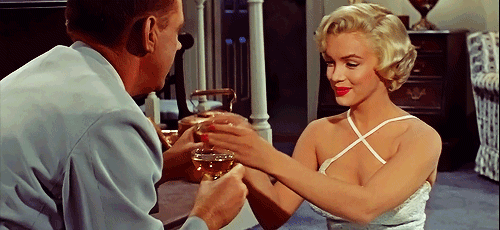Few things conjure up more images of celebrations, festivities and joy than popping the cork of a crisply chilled bottle of champagne. For hundreds of years it has cemented its place as an indispensable necessity in the courts of kings and the runways of fashion alike. And with over 300 million bottles produced per annum in the relatively small Champagne region – it seems world’s thirst for the drink once known as “the devil’s wine” (a 19th century name given to the effervescent liquid due to its propensity for its seemingly self-popping corks) is truly unquenchable.
The history of champagne is as bright as its bubbles and its international popularity can be traced in large part to its success in being marketed to aristocracy across Europe and the upper echelons of British society. Wine makers would outwardly promote their famous consumers in their advertisements, successfully garnering the attention of a growing and aspiring middle class.
Although most champagnes were originally consumed as sweet dessert drinks, the UK palate required a drier, crisper finish as the wine was generally consumed on its own there as an aperitif. This led to the denomination ‘Brut’ for the English market which was drier, ala Goût anglais (“English taste”), and is most similar to the champagnes we know today.

Indeed, the bond between Britain and Champagne has deep roots and has been credited with giving the wine a boost on the global stage. UK Prime Ministers (Winston Churchill, a life-long lover of champagne, even has a Pol Roger vintage named after him) and the monarchy alike have endorsed the drink for centuries – creating a trend followed by America and subsequently, the rest of the world. Thus, even today, the UK is an essential market for champagne makers.

As the market for champagne has grown internationally, so has the fierce competition between growers. Marketing spend has exponentially increased over time and brands have jostled for the top positions across sales, taste and reputation by investing in everything from sponsored luxury polo competitions to immersive experiences for consumers.
The latest move by a major grower comes from the Taittinger house, who this week announced that they will be building a vineyard, growing and tasting centre outside of London in Kent. This is a first for any French winemaker who have historically shunned the idea growing outside of the Champagne region itself.
Taittinger is looking to capitalise on the growth of English sparkling wines (such as NYETimber and others) who have proven that Southern England’s soil is rich and fruitful for the production of excellent sparkling wines. Pairing a local production with one of the world’s largest consumer markets for champagne certainly seems to be a very well calculated bet on the future.

Although it is pertinent to note that Taittinger’s new British wine cannot strictly be called ‘champagne’ (due to Appellation d’Origine Contrôlée rules only sparkling wine actually grown in Champagne can use the name) the Taittinger house is banking on it’s own brand to promote and sell 400 000 bottles of English Taittinger.
The future seems undoubtedly bright for Taittinger and – more broadly – for the vineyards of the English countryside who have been virtually neglected in the market since the Romans ruled the isle between 43–84AD. Their time has finally come and we couldn’t be happier. So much so – we might have to reach into the dustier corners of the DDW cellar and pop a cork in celebration.

Here’s to champagne, finally coming home – Á votre santé and cheers!!
UP NEXT: Science says cheese makes it better…


